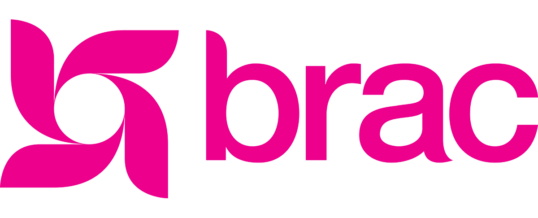
McLeod Group blog, October 28, 2019
BRAC is one of the world’s foremost NGOs, ranked at the top of global charities. Based in Bangladesh, it has a staff of 100,000 and an annual budget of approximately $1 billion. With this kind of profile, some might wonder why, earlier this year, Global Affairs Canada (GAC) agreed to contribute over $8 million to BRAC. But there are good reasons.
The funding will support a women’s economic empowerment project in the Cox’s Bazaar area, a region hard hit by the influx of Rohingya refugees which has driven down wages and increased pressure on services. Though BRAC may not be in great need of Canadian assistance, supporting BRAC was a good decision for both Canada and Bangladesh.
For GAC, BRAC represents an opportunity to learn from the best. BRAC has a long history of supporting gender equality and has made significant contributions to improving women’s health, education, and income earning in Bangladesh over the years. Since GAC shares these priorities, it can benefit from closely observing BRAC’s successes.
BRAC also has a well-earned reputation for finetuning its programs to achieve results – and continuing to adapt them to changing circumstances. For example, BRAC pioneered how to teach mothers oral rehydration therapy by focusing on how many babies were saved, instead of how many women were instructed. This meant adapting the packaging and information, and reaching out beyond mothers to mothers-in-law and fathers.
In more recent years, when parents became concerned about sexual harassment of girls in schools and universities, BRAC’s anti-harassment messages and its student and teacher support groups went viral. BRAC is about to pilot new ways to make sure women’s income earned through their microfinance loans gives them a stronger say in family spending decisions – a first for microfinance lenders.
BRAC has proven expertise in adapting to climate change. In Bangladesh, far fewer people die and poor people’s livelihoods recover more quickly from endemic typhoons and floods as a result of BRAC’s pioneering efforts. As its budget implies, BRAC works at a huge scale, with over 8 million microfinance borrowers and 1 million users of other BRAC services per year. And BRAC shares its lessons learned – among its programs around the world, with donors, and with other development agencies.
At the organizational level also, BRAC is constantly innovating. It has pioneered effective and streamlined partnering agreements – in the early years through its donor consortium (of which the Canadian International Development Agency was a founding member) and more recently in strategic partnership with the British and Australian aid programs. Its ultra-poor program has lifted tens of thousands out of poverty through a mix of asset-building, accompaniment and technical training.
In the early 1990s, BRAC began to think about reducing its donor dependence and making its programs self-financing. It has made huge progress on both of those aims. At present, BRAC looks to its international donors mainly to fund innovative pilots and humanitarian response. BRAC has expanded its work to other countries in Asia and Africa.
BRAC is also searching for new ways to respond to the current needs of Bangladesh, a country that is moving up to middle-income status – it has come far from the basket case described by Henry Kissinger in 1971. In villages, people are better fed and the younger generation is significantly taller than its elders. People have better housing, more assets, and village women use their phones to find new ideas for their businesses on the internet. Sharing costs with villagers able to pay for relevant services is one of the approaches BRAC is pioneering, and one that GAC might find useful explore.
For BRAC, the partnership with GAC also makes sense. BRAC shares GAC’s priority on gender equality, and can benefit from allies and donors who reinforce that commitment in the face of a culture that still subordinates women.
As a member of the donor group alongside governments that share its values, Canada can be an effective voice in disseminating BRAC’s leading-edge practices. There is scope for Canada to move toward becoming a full “strategic partner” when the partnership agreement is renewed in 2021. The donor “strategic partnership” offers additional opportunities for GAC to learn good donor practice.
In some of its other multi-donor arrangements, GAC has been able to streamline reporting requirements with other donors to a greater extent than is possible with one-on-one partnerships. Such arrangements reduce the administrative burden for all partners, allowing for more time to be devoted to learning.
Even though BRAC is doing extremely well without Canadian support, the GAC-BRAC partnership will bring benefits to both parties. GAC should be encouraged to enter into more such agreements with reputable organizations based in the Global South. Supporting NGOs with our aid dollars no longer needs to mean supporting Northern-based NGOs.
